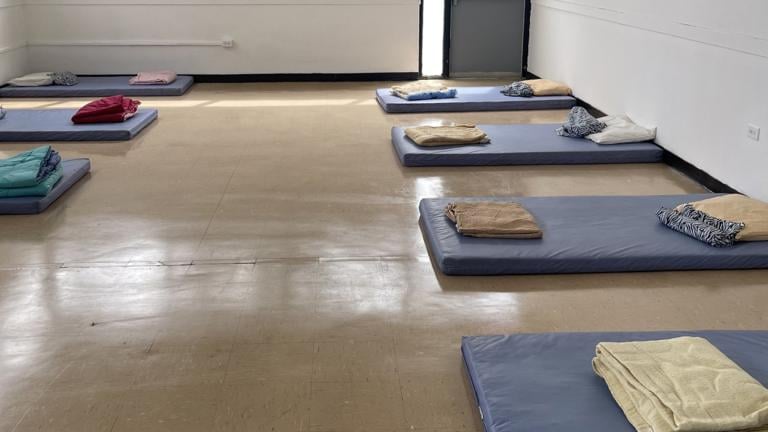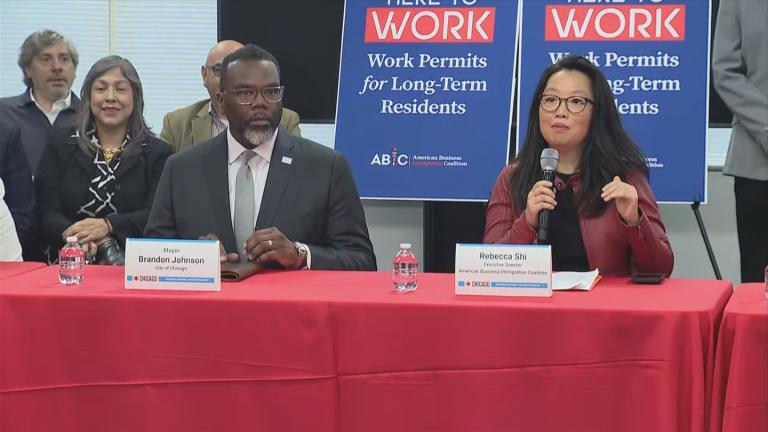Of the many challenges people rebuilding their lives face after incarceration, one of the biggest is landing a steady job. According to the Prison Policy Initiative, nationwide joblessness among formerly incarcerated people is 27%, about five times the overall rate. That’s a problem because employment can be a critical factor in keeping people from returning to prison. Bureau of Justice Statistics research shows formerly incarcerated people who maintained employment for one year after release had only a 16% recidivism rate, compared to a 52% rate for those who did not stay employed.
“When you come home, the first thing you need in your pocket is money to be able to sustain yourself,” said Francisco Perez, re-entry navigator with the Chicago Cook Workforce Partnership. “You might come home and be living with a family member or friend, and you know, after a while that gets to be too much for people. Having employment when you first come home and having money and being able to sustain yourself and support your family, at least with a little bit of means that you have, is probably one of the best things that you could give to somebody coming home.”
In his role, Perez ushers formerly incarcerated people through the Road Home program he helped build at the Chicago Cook Workforce Partnership.
“We give them a seamless re-entry, so they come home, they immediately meet a career coach,” Perez said. “They get a six-week paid work experience, which allows them to have money in their pocket as soon as they get out. So if you came home and you wanted to be a truck driver, we would sign you up for … the workforce innovation opportunities grant and that pays $6,000 towards any educational opportunities that you want.”
At HHP Lift’s Liftworks social enterprise program, participants are taught how to manufacture home goods while also learning basic workplace skills. Liftworks co-director Alejandra Camargo said the rapid pace of technology can be a hurdle for people reentering the workplace after a long absence.
“Sometimes the participants have been incarcerated for five or 10 years; [they] come back home and the computer system is completely different,” Camargo said. “They come home, and they don’t know how to actually use the programs. We teach them one-on-one basis, so that helps them also create confidence within themselves, but also for the next job.”
Perez said the employers he works with have had good experiences with the formerly incarcerated people they’ve hired.
“I’ve heard more employers say that they actually get a better worker out of somebody coming home from incarceration because they’ve had time to realize that they need employment, that they’ve been locked up so long that all they have is their job,” Perez said. “They come home, and they kind of give it their all. So I’ve got nothing but good reports from employers.”
Camargo said occupational training is also a critical support for reducing recidivism.
“They’re team players, they’re hard workers there when they come back,” Camargo said. “They want to be part of the system again. We want them to be successful once they come out. Part of that is that if you don’t want them to come back to incarceration, you want to give them that opportunity and that’s exactly what we want to do. And by supporting also nonprofits like ours, you’re supporting that possibility.”








